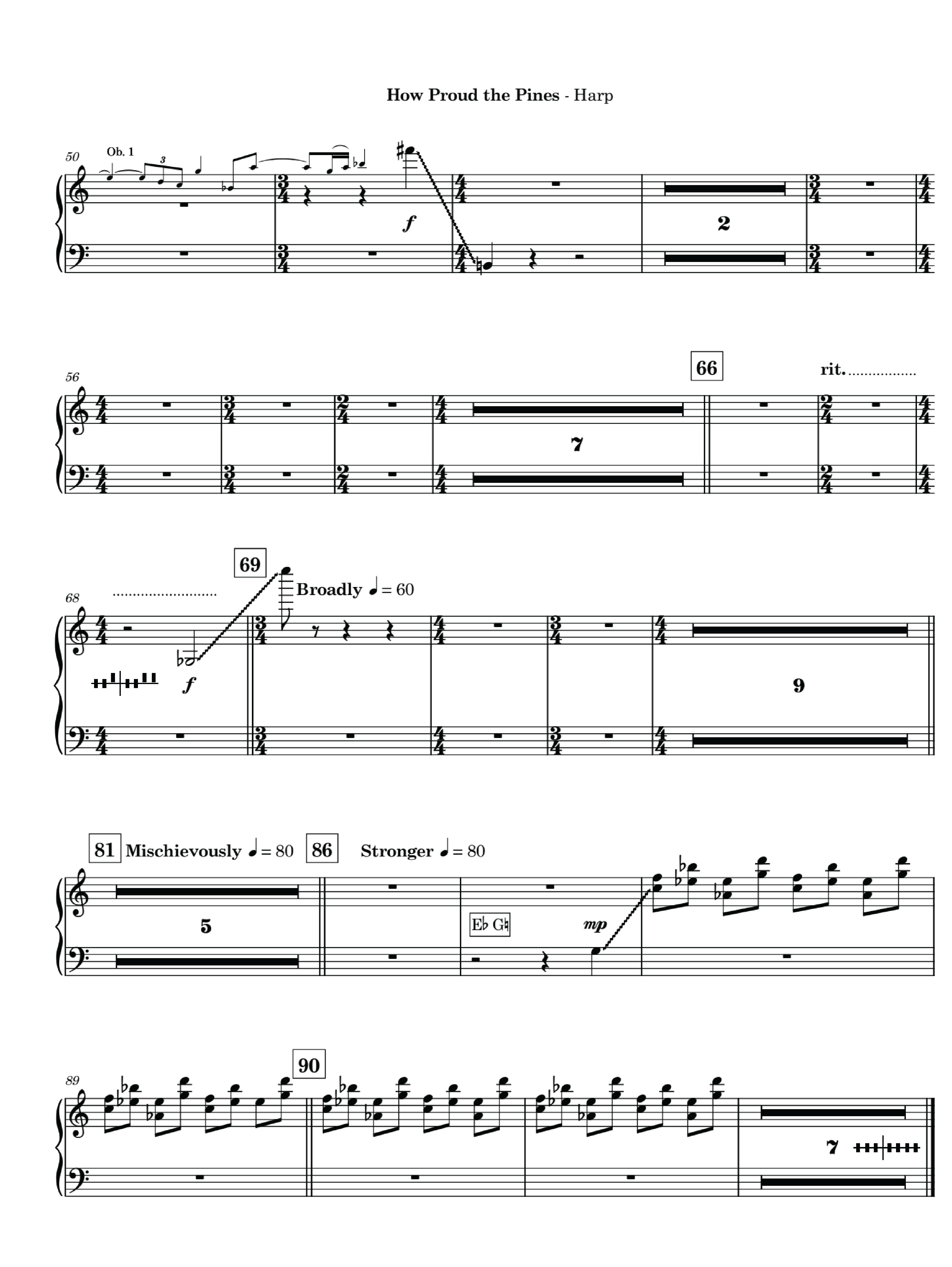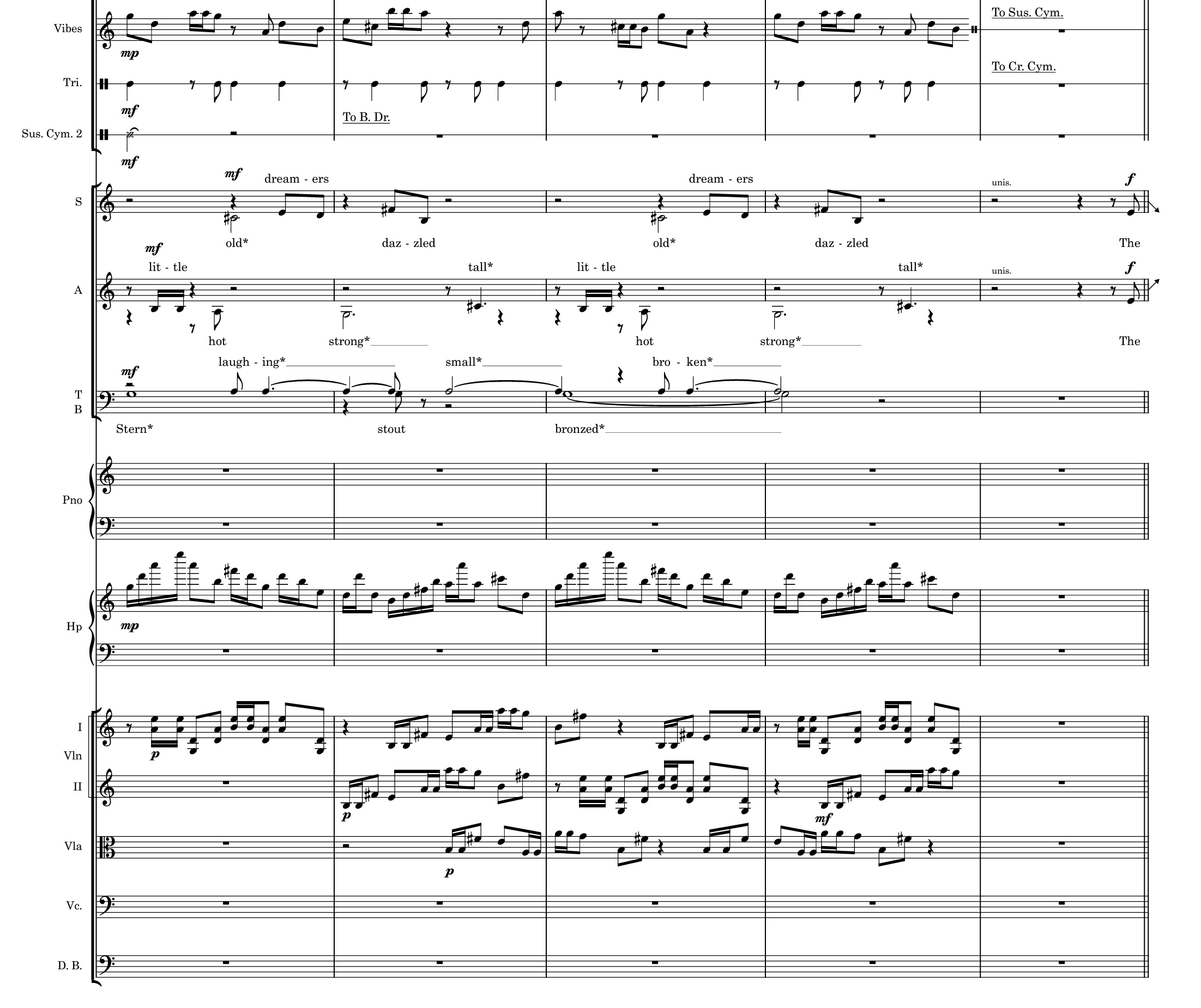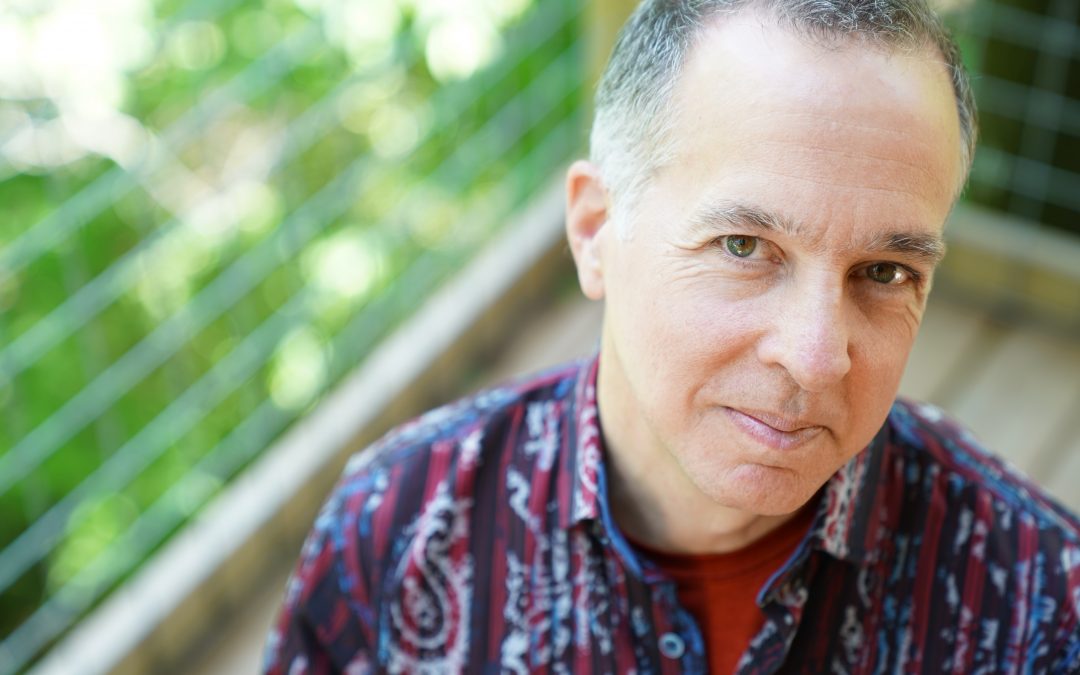We are thrilled to feature an exclusive interview with Stephen Lias, a distinguished composer and Professor of Composition at Stephen F. Austin State University. Stephen is also the founder and leader of the annual Composing in the Wilderness program offered by the Fairbanks Summer Arts Festival and Alaska Geographic. With a reputation as a “adventurer-composer”, Stephen brings a unique perspective to his music, drawing inspiration from his outdoor expeditions and experiences in nature, which has led to a sizable series of his works being about the national parks of the US. In this insightful conversation, Professor Lias discusses the inspiration and challenges behind his commissioned work, How Proud the Pines, created to celebrate the university’s centennial and the opening of a new fine arts facility. He also shares his experience using Dorico music notation software in the composition process and offers a glimpse into his innovative approach to integrating technology in music education. Read on to discover more.
AN: Can you tell us about the inspiration behind How Proud the Pines and how the commission for this piece came about as part of the university’s centennial celebration and the opening of the new fine arts facility?
SL: In September of 2023, Stephen F. Austin State University celebrated its centennial. The event happened to coincide with two other noteworthy milestones: the opening of a beautiful new fine arts facility, and our becoming the newest member of the University of Texas System. And so, it was particularly fitting to mark the occasion with a grand concert combining our choirs and symphony orchestra. My work How Proud the Pines was commissioned to be the centerpiece of this program.
My texts for the work came from the beautiful writings of Karle Wilson Baker who was associated with SFA for many years and whose poetry is deeply connected to this place. Indeed, the words for the final movement (The Pine Tree Hymn) were written for the original dedication of the university where they were read for the first time.
We created a summary video of me explaining the the history of the piece that can be seen here:
AN: What were some of the unique challenges or aspects you encountered while composing for choir and orchestra?
SL: Normally, the selection of the text would have been one of the most difficult elements of the process, but in this case, Baker’s poems seemed tailor-made for the occasion, and so much of the dramatic structure of the work was built into her moving words.
The principal challenges with this project were related to the timeline. My own work had to progress quickly. Normally I would allocate more than a few months for a 25-minute work for choir and orchestra, but this one had to be finished quickly in the first half of 2023 so that our ensemble directors could leave for the summer with a clear idea of the scope of the work. But the performers also had a very tight timeline. The concert was scheduled for less than three weeks from the beginning of the semester, so I knew that I had to write a work that would be sufficiently grand and impressive, but that could be prepared in a short amount of time.
AN: You used Dorico in the composition process for How Proud the Pines. Were there any specific features or tools in Dorico that proved particularly useful for the composition of this piece?
SL: At every turn, Dorico was amazingly helpful in simplifying complex tasks, creating a score that communicated everything clearly, and handling editorial matters with a minimum of fuss. In particular, here are a few of the highlights:
Dorico’s elegant way of condensing multiple wind parts onto single lines continues to be one of my favorite features. Conductors always appreciate the clarity that this brings a score, and Dorico handles unisons and solos elegantly and efficiently. When needed, composers have all the control they need to make it exactly right. I used this throughout the work.
Another industry-leading feature is the elegant implementation of cues. With large works, there is always the risk of wasting rehearsal time explaining entrances to one or two players while seventy other people wait. So I always try to be proactive in making sure that I provide as many cues as possible.
Anyone who hasn’t used the “add cues” feature in Dorico yet is in for a treat. Being able to quickly drop in a linked cue from any other instrument, drag the beginning and ending points, and customize the label is a real pleasure.

Page 2 of the score, #MadeWithDorico, showcasing both cues and harp implementation
Dorico’s flexible structure of multiple layouts also came in handy on this piece. Like opera or musical theatre, we needed a piano/vocal version for the choir to rehearse with. Dorico made it easy to have a SATB score with a piano reduction as an individual layout that was separate from the conductors score (which had a completely different orchestral piano part).
Notating orchestral harp music is always a challenge because of how idiosyncratic the instrument is and how careful non-harpists (like me) have to be to make sure everything is both playable and intuitive. Dorico’s harp tools make this so easy! It automatically generates the pedal diagrams and indicates any pitches that don’t work with the current pedal configuration.
AN: As a professor of music composition, how do you integrate technology like Dorico into your teaching, especially when working on large-scale compositions like How Proud the Pines? How do you envision the role of technology evolving in music education and composition in the future?
SL: I am generally an early adopter of new technology and software. My teaching includes both traditional (in person) classes and lessons, but also online lessons and hybrid classes that have both in-person and remote students. SFA has a very successful online graduate degree in theory and composition, so we are always eager to learn new ways that recent developments can make our teaching more effective.
While my students use a wide variety of notation platforms, I generally have a copy of Dorico open because of how quickly I can illustrate musical concepts on the fly (demonstrating alternate beamings, spellings, etc.). The ability to enter chordal material across many staves at once always comes in handy when teaching orchestration.
Creativity is far more than the sum of the available tools, of course, but when you had a creative person a new tool, it has profound effects on what they are able to make. So I eagerly watch new developments in programs like Dorico, but also in AI and third-party plugins. I know I’m only scratching the surface of many of these things, but as I learn, my teaching improves and I’m able to empower my students with far better tools than I had.

Instrument changes and interesting splits in the choral writing, #MadeWithDorico
AN: Can you share any future projects or compositions you’re excited about that you’d like to discuss with our readers?
SL: I just finished a short piano piece (which was the first time I used Dorico’s excellent fingering tool), and I have two orchestral works coming up. Both are part of my series of works about national parks of the USA. The first (currently in progress) is called Wind, Water, Sand and is part of a collaboration between Great Sand Dunes National Park and the Boulder Philharmonic Orchestra in Colorado. It will be premiered in January 2025. In 2024, I am honored to be the composer in residence for Mount Rainier National Park in Washington and I will be visiting the park three times this year to gather inspiration in preparation for an orchestral work with synchronized projected imagery. After those, I’ll be tackling my first guitar commission.
On top of my own activities, I run a publishing company (Alias Press) and so I’m always paying attention to the editorial details in musical scores. At every stage and no matter the size or style of the commission, Dorico continues to be the ideal tool. It is musical and intuitive, has an ever-growing feature set, and makes the music look terrific.
AN: Thanks for taking the time to talk to us, Stephen!
Stephen Lias’s music is distributed worldwide exclusively by Theodore Presser Company, and is represented exclusively by Black Tea Music. Contact them for all enquiries regarding catalogue, rentals, booking, etc.
A few years ago, we spotlighted another remarkable composition by Stephen Lias in our Dorico Showcase series, exploring Stephen’s “Electric Blue Sand” for Sybarite5. If you’re interested in reading more, click on the link below:

